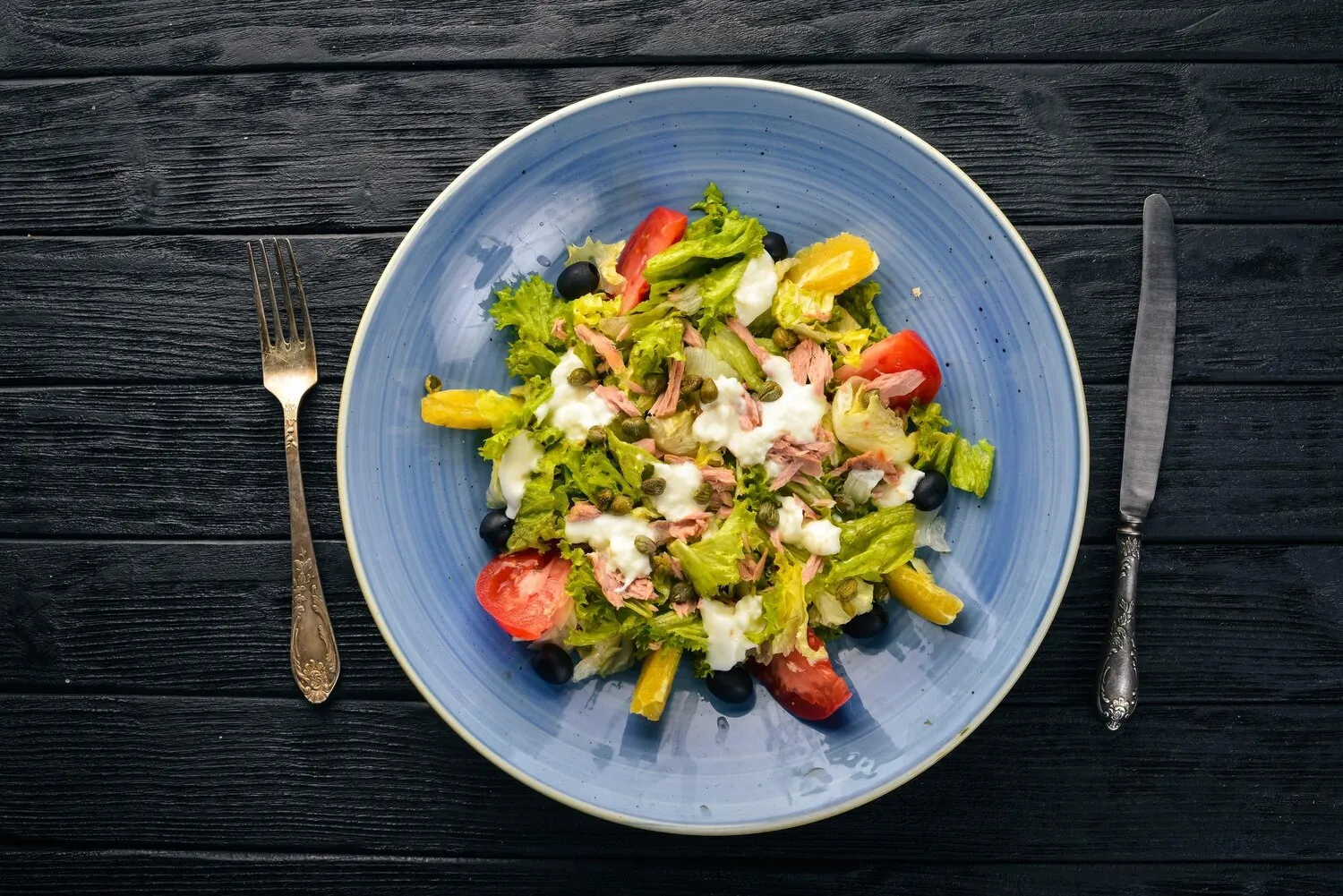
Salad Bar
An unlimited salad bar with a variety of fresh vegetables, toppings, and dressings. A popular and customizable option included with many meals.
Nutrition Facts
* The % Daily Value (DV) tells you how much a nutrient in a serving of food contributes to a daily diet. 2,000 calories a day is used for general nutrition advice.
The concept of salad bars gained popularity in the United States in the mid-20th century, evolving from restaurant buffets. The rise of fast-casual dining and health-consciousness further fueled their growth, offering customizable and often perceived as healthy meal options.
Salad bars are a cultural phenomenon, particularly in the United States, reflecting trends in healthy eating, customization, and value dining. They offer a sense of control over meal composition and are often seen as a convenient and affordable option, often included as part of a larger meal.
Customization and Choice
Salad bars appeal to the desire for customization, allowing individuals to create a meal tailored to their preferences and dietary needs.
Perceived Healthfulness
While the healthiness of a salad bar meal depends on the choices made, it is generally perceived as a healthier option compared to many fast-food alternatives, due to the abundance of fresh vegetables.
Value and Convenience
Salad bars are often offered as an unlimited or all-you-can-eat option, providing perceived value and convenience for diners.
The flavor profile of a salad bar is incredibly diverse, depending on the ingredients chosen. It generally features fresh, crisp, and sometimes raw vegetables, complemented by creamy, tangy, sweet, or savory dressings.
Typical ingredients include lettuce (iceberg, romaine, spinach, mixed greens), tomatoes, cucumbers, carrots, bell peppers, onions, celery, broccoli, cauliflower, and various legumes. Protein options may include grilled chicken, ham, tofu, or hard-boiled eggs. Toppings range from croutons and cheese to seeds and nuts. Dressings can include vinaigrettes (Italian, balsamic), creamy dressings (ranch, blue cheese), and sweeter options (honey mustard).
Prioritize Vegetables
Load up on a variety of colorful vegetables for essential vitamins, minerals, and fiber.
Control Dressing Portions
Dressings can be high in calories, fat, and sugar. Use them sparingly or opt for vinaigrette-based options.
Add Protein and Healthy Fats
Include a source of protein (chicken, tofu, beans) and healthy fats (nuts, seeds, avocado) for satiety and balanced nutrition.
Be Mindful of Toppings
Limit high-calorie toppings such as croutons, cheese, and bacon bits.
Explore additional Salad dishes and restaurants
Explore SaladDiscover top dining spots and culinary experiences in East Kilbride.
Explore East KilbrideLearn more about the food culture, restaurant scene, and culinary heritage of UK.
Explore UK